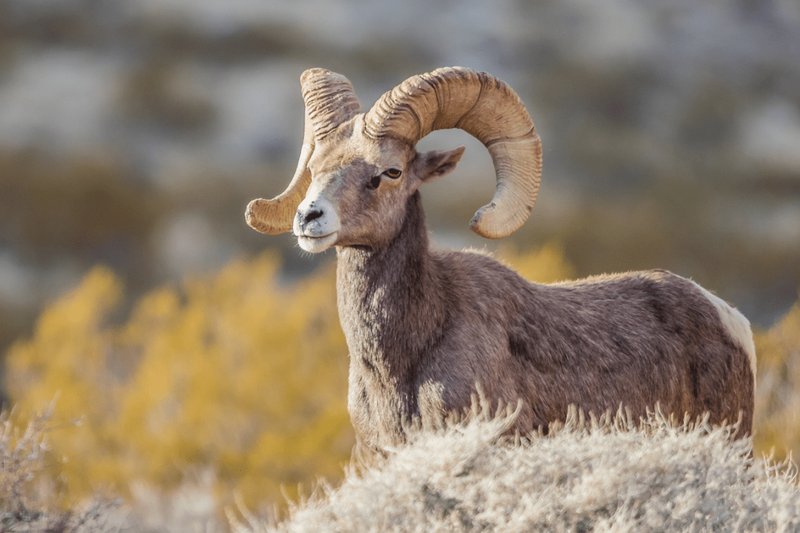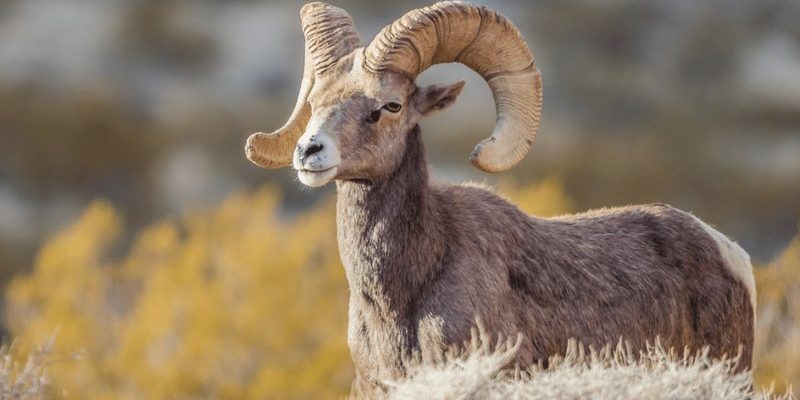
Let’s dive into the fascinating world of sheep conservation and explore the reasons behind their status, the types of sheep that are endangered, and what efforts are being made globally to protect them. It’s a crucial conversation, not just for farmers and conservationists, but for all of us who care about biodiversity.
Why Are Some Sheep Endangered?
You might be wondering why some sheep breeds are considered endangered while others thrive. The main reasons often boil down to habitat loss, breeding practices, and market demand. As agriculture evolves, traditional farming methods that produce rare sheep breeds often get pushed aside for more profitable and commercially viable options. This shift can lead to a significant decrease in the population of certain breeds.
Additionally, many breeds face competition from more popular livestock. Think about it: if everyone is raising sheep for wool or meat, they might prioritize high-yield breeds over the unique ones that contribute to genetic diversity. Unfortunately, this results in reduced genetic diversity, making these breeds more vulnerable to diseases and environmental changes.
Lastly, climate change adds another layer of stress. Some sheep breeds are adapted to specific climates, and as those environments shift, they are less able to cope. It’s like trying to plant tropical flowers in a cold climate; they simply won’t thrive.
Notable Endangered Sheep Breeds
There are several sheep breeds classified as endangered. Here are a few worth mentioning:
- Santa Cruz: Native to California, the Santa Cruz sheep are known for their rich wool and adaptability to rugged terrains. Unfortunately, they’re dwindling in numbers due to industrial farming methods.
- Soay Sheep: This ancient breed from the Hebrides in Scotland is not only remarkable for its hardiness but also its unique genetics. However, habitat loss has significantly impacted its wild populations.
- Herdwick: Found in the Lake District of England, Herdwick sheep are cherished for their wool. But changes in farming practices have threatened their numbers, putting them at risk.
- Castlemilk Moorit: These Scottish sheep are known for their striking appearance but have become increasingly rare due to declining interest among farmers.
Understanding the characteristics and challenges of these breeds gives us a clearer picture of why conservation is essential.
The Role of Conservation Programs
Here’s the thing: conservation programs are crucial for protecting endangered sheep breeds. Various organizations and initiatives work relentlessly to revive these populations. They employ strategies like breeding programs, habitat restoration, and awareness campaigns to encourage people to appreciate and support these unique breeds.
For instance, organizations like the Rare Breeds Survival Trust in the UK focus on breeding endangered sheep in controlled environments to increase their numbers. They also provide education on the importance of genetic diversity in livestock. By understanding that each breed has unique traits and contributions, we can foster appreciation and support for their conservation.
Additionally, local farms get involved by promoting these breeds in their operations. Farmers who raise endangered breeds not only help sustain their populations but also offer consumers unique products like wool and meat that can’t be found in typical supermarkets. It’s a win-win!
How Can You Help with Sheep Conservation?
You might be thinking, “What can I do to help?” Fortunately, there are several ways you can contribute to sheep conservation.
- Support local farms: Choose to purchase products from farms that raise endangered sheep breeds. When you buy local, you’re supporting their efforts and helping sustain these breeds.
- Educate others: Share what you learn! The more people know about the plight of endangered sheep breeds, the more support they will likely receive.
- Volunteer or donate: Consider getting involved with local conservation organizations. Volunteering time or resources can significantly impact these efforts.
By taking these steps, you can play a role in protecting these charming and important animals.
Global Perspectives on Sheep Conservation
Sheep conservation isn’t just a localized issue; it’s indeed a global concern. Countries around the world face different challenges related to their sheep populations. For example, in New Zealand, the focus is often on maintaining their large commercial flocks, while in the UK, there’s a strong emphasis on protecting rare breeds that are part of the nation’s heritage.
Each country has its unique approach, driven by local culture, agricultural practice, and environmental conditions. Some nations have enacted laws and policies aimed at protecting endangered breeds, while others have invested in education and community outreach to raise awareness.
This diversity of approaches reminds us that there’s no one-size-fits-all solution. Different strategies work for different contexts, and that’s what makes global conservation efforts both rich and complex.
The Future of Sheep Conservation
As we look to the future, the fate of endangered sheep breeds hangs in the balance. While some organizations are making strides, a lot more work is needed to ensure these sheep don’t end up as a footnote in history.
New technologies, like genetic research, show promise in conservation efforts. By understanding the genetics of endangered breeds better, scientists can find ways to enhance their resilience. Similarly, integrating traditional farming practices with modern techniques shows potential in offering solutions that are sustainable and beneficial.
There’s also growing interest in sustainable practices, as consumers become more aware of the environmental impact of their choices. Supporting rare breeds contributes to biodiversity, and that’s something we can all stand behind.
In the grand scheme of things, sheep might seem like just another farm animal. But when you dig a little deeper, you realize they play a crucial role in our agricultural heritage, ecosystems, and even local economies. Knowing that some are endangered makes it all the more important for us to take action—whether it’s supporting local farmers, spreading the word, or contributing to conservation efforts.
So, the next time you see a sheep, take a moment to appreciate its story. Every sheep counts, and every effort we make to protect them helps preserve the rich tapestry of our planet’s biodiversity. Together, we can make sure that these gentle creatures continue to flourish for generations to come.

